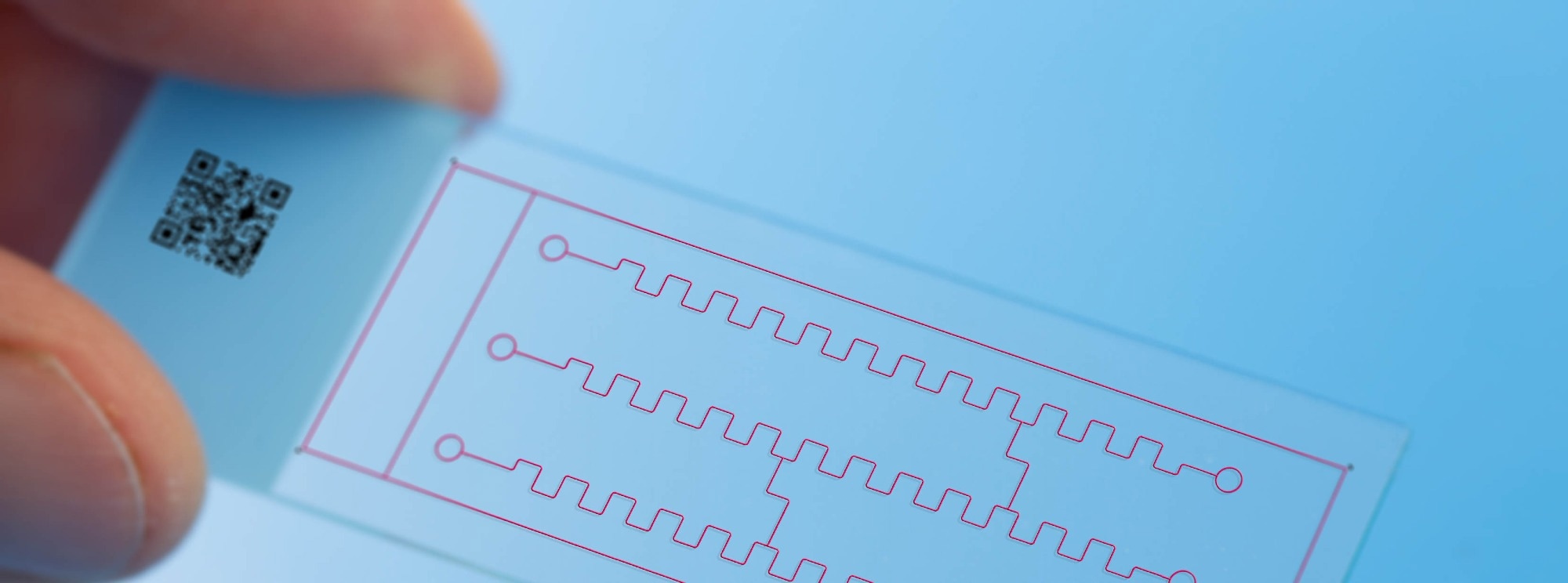In a recent review article published in the journal Microsystems & Nanoengineering, researchers explored the advancements in microfluidic technologies for monitoring the electromechanical activity of cardiomyocytes, highlighting their potential applications in drug screening and disease modeling.

Image Credit: luchschenF/Shutterstock.com
Background
Cardiovascular diseases (CVDs) are a leading cause of mortality globally, responsible for nearly 40 % of all deaths each year. The complexity of these diseases necessitates innovative approaches to drug development and disease modeling.
Traditional methods, such as animal models, often fail to accurately predict human responses due to inherent biological differences. Microfluidic platforms address this limitation by enabling the creation of in vitro models that closely replicate the physiological conditions of the human heart.
Microfluidics involves manipulating small fluid volumes at the microscale, allowing precise control over the cellular environment. This technology has advanced the development of organ-on-a-chip models that simulate the dynamic conditions of human tissues, including the heart. Cardiomyocytes, the contractile cells of the heart, are highly responsive to their microenvironment, with their functionality being influenced by mechanical and electrical stimuli.
Studies Highlighted in This Review
Several studies have utilized microfluidic platforms to investigate cardiomyocyte behavior. One approach involves microfluidic chambers designed for real-time observation of cardiomyocyte contractility and electrophysiological signals. These chambers maintain a controlled environment, enabling precise manipulation of flow rates and mechanical stimuli. Various sensing technologies are incorporated, including optical methods for contractility measurements and electrophysiological techniques such as patch clamping and field potential recording.
Optical methods use video and image analysis to monitor the contraction of cardiomyocyte populations, providing data on contractile force and frequency. Cantilever-based sensors are also used to detect changes in force exerted by contracting cardiomyocytes, allowing for quantification of contractile strength in response to pharmacological agents.
Electrical measurements, including field potential and action potential recordings, complement mechanical assessments. Field potential reflects the collective electrical activity of cardiomyocyte populations, while action potentials provide detailed insights into individual cell behavior. Combining electrical and mechanical metrics within microfluidic platforms offers a comprehensive view of cardiomyocyte function, enabling researchers to evaluate the effects of drugs and stimuli on cardiac activity.
Results and Discussions
Microfluidic platforms provide high-throughput, multi-parameter data that are essential for studying the effects of drugs on cardiac function. These systems effectively replicate the physiological responses of cardiomyocytes to external stimuli, including drug treatments, offering valuable insights into cardiac behavior.
A key advantage of microfluidic platforms is their ability to maintain a stable environment for long-term cardiomyocyte culture. This enables the study of chronic drug effects and disease mechanisms over extended periods. These systems can also be customized to specific experimental needs, allowing precise control over parameters such as flow rates, shear stress, and mechanical stretch.
Despite their benefits, current microfluidic technologies face challenges. Issues such as scalability, reproducibility, and the complexity of device fabrication present significant hurdles. Further innovation in microfluidic design and materials is needed to improve their functionality and expand their use in cardiovascular research. Additionally, while microfluidic platforms closely mimic physiological conditions, further validation against in vivo models is necessary to confirm their reliability and predictive accuracy.
Conclusion
Microfluidic platforms represent a significant advancement in cardiomyocyte research. They offer precise control over the cellular microenvironment and enable the integration of diverse measurement techniques. These technologies enhance the accuracy of in vitro models, providing a valuable tool for understanding cardiac biology and drug responses.
Continued development in this field is critical to addressing challenges posed by cardiovascular diseases, with the potential to bridge the gap between laboratory research and clinical application. The use of microfluidic platforms in personalized medicine approaches further underscores their importance in improving treatment strategies for heart diseases.
Journal Reference
Wang W., et al. (2025). Microfluidic platforms for monitoring cardiomyocyte electromechanical activity. Microsystems & Nanoengineering. DOI: 10.1038/s41378-024-00751-z, https://www.nature.com/articles/s41378-024-00751-z